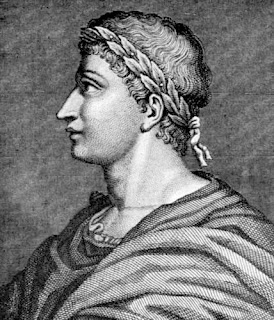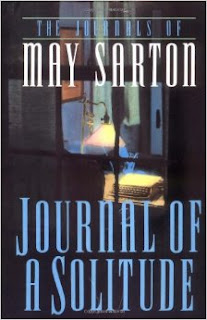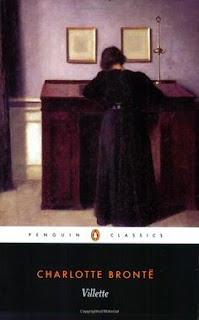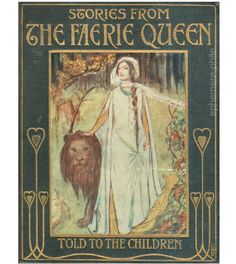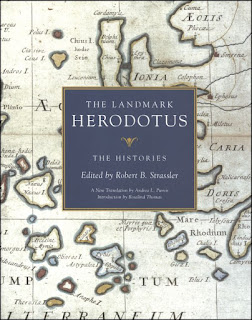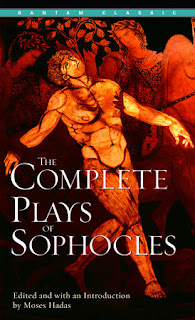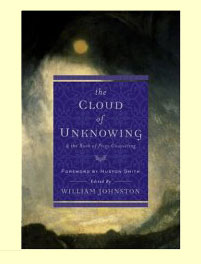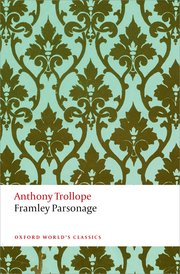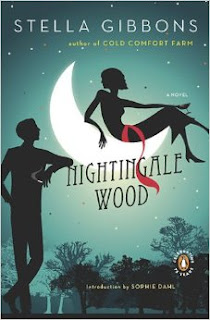Publius Ovidius Naso was born in Sulmo, east of Rome in the year 43 B.C. As a son of an upper middle class family, his father sent him to be educated in Rome to distinguish himself in a career in law or government. Ovid was known as an exemplary rhetorician and worked at minor magisterial posts before quitting his public career to pursue poetry. Immediate success followed his first published elegy and by 8 A.D., the year in which Metamorphoses was published, he was one of the foremost poets of Rome.
Category Archives: 2016 Books
Journal of a Solitude by May Sarton
“Begin here.”
Introducing Journal of a Solitude, another out-of-order book for my WEM Biographies Project. I’m finding the remaining biographies heavy on U.S. content, and being a Canadian I wasn’t at all familiar with May Sarton. Born in Belgium, when German troops invaded the country, Sarton’s family fled to England, then to Boston, Massachusetts. As a writer, she wrote a number of novels, poems and memoirs, mostly a commentary on her life and experiences on aging, friendship, depression, lesbianism, doubt, failure, the simple pleasures of life, and other personal musings.
Born Again by Charles W. Colson
My WEM Biographies Project has been thrown out of order by my library who doesn’t carry most of the other titles, so I’ve been forced to wait for them on inter-library loans. Which means that I have no idea when they are going to arrive or which is going to arrive first. After two months, the first book has arrived, Born Again by Charles W. Colson.
Colson occupied a position high-up in the United States government, serving as Special Counsel to Richard Nixon during Nixon’s years in the presidency. Named as one of the Watergate Seven, he was tried and sentenced to one to three years in prison. His autobiography is a story of his rise and fall, and finally his rise again to a higher calling.
Villette by Charlotte Brönte
“My godmother lived in a handsome house in the clean and ancient town of Bretton.”
What on earth have I just read? This book simply cannot be written by the same author who wrote Jane Eyre! The mind rebels! The heart rebels! It cannot be! Am I sounding very dramatic and flourishing and vocal? That’s because I’ve spent 572 pages being lulled catatonic. What happened …..??
The Oresteia ~ The Libation Bearers by Aeschylus
 |
| The Return of Orestes (1785) Anton von Maron source Wikimedia Commons |
The Oresteia ~ Agamemnon by Aeschylus
 |
| The Sacrifice of Ipheginia by Agamemnon (1671) Jan Steen source |
Agamemnon is the first of a trilogy of plays called The Oresteia, the next two plays being The Libation Bearers and The Eumenides, all performed in 458 B.C., only two years before the death of Aeschylus. This surviving unified trilogy allows the reader to experience the development of these three-part stories and to observe the common strands of informatiion and enlightenment winding throughout. Each play would have built support and framework for the others. However, even though we have all three plays of this trilogy, the satyr play Proteus is lost, as it would have been a type of comic epilogue to finish The Oresteia.
Top Ten Book on My Spring TBR
It’s been awhile since I participated in a Top Ten Tuesday post and this particular Tuesday, the topic caught my eye. I started off 2016 with a bang, but since the year is progressing, I’ve lost some of my reading focus. A post like this will be a good motivator to pull it all together and target my important reads.
 |
| Still Life Vase with Flowers (1881) Paul Gauguin source Wikiart |
I have a number of challenges and read-alongs going on, including my Shakespeare challenge, my Greek challenge, my Reading England challenge, Back to the Classics, etc., along with a group read of The Faerie Queene motivated by O at Behold the Stars, my read of The Lord of the Rings with Cirtnecce of Mockingbirds, Looking Glasses and Prejudices, and I know not what (that last phrase is good to use when your head is going to explode with the possibilities! 😉 ). Will my list be longer than 10 books? Let’s find out!
1.
Spenser’s Images of Life by C.S. Lewis
Normally, I don’t read introductions or commentaries on books or poetry that I plan to read, until after I’ve finished the work. I prefer to experience the art from a point of innocence (or perhaps, ignorance is a better word!), forming my own opinions without influence, even if I struggle with my first read through. However, this time I threw all my ideals to the winds and called for help.
In April I’m reading The Faerie Queene with O, Cirtnecce, Jean, Ruth, and Consoled Reader, and considering the length and complexity of this poem, I confess that it was wiser to admit my complete ineptitude and look for someone who was very familiar with this type of poem and era to give me a little boost. Since C.S. Lewis’ expertise was in Medieval and Renaissance literature, I suspected that he would be a good place to start. His book, Spenser’s Images of Life is a compilation of lectures notes, put together by Alastair Fowler, to give students a deeper insight into The Faerie Queene.
Nightingale Wood by Stella Gibbons
“It is difficult to make a dull garden, but old Mr. Wither had succeeded.”
Stella Gibbons writes rather odd books. Cold Comfort Farm, her best known and highly acclaimed novel, follows an orphaned, pert young woman to a mucky, rural farm and observes while she neatens and tidies all the morose, lurking, and deranged occupants into their proper places, finding love in the process. Gibbons has a knack for depicting rather unusual and sometimes bizarre characters, and this flair for the unique has continued in her writing of Nightingale Wood. The introduction to the story labels it as a “fairy tale” and it is, although not along the usual lines one would expect from such a tale. Gibbons’ evil creatures often have angelic faces, and her happily-ever-afters can leave the reader uncertain of reality. In playing with her characters, Gibbons appears to play with society and even the reader himself. Her writing is not easily defined.
The Suppliant Maidens by Aeschylus
“Zeus Protector, protect us with care,
From the subtle sand of the Nile delta
Our ship set sail …….”
Originally thought to be the earliest extant Greek tragedy, having been produced in 490 B.C., more recent evidence places it with a trilogy produced in 470 B.C., making it one of Aeschylus’ later plays. More primitive in style than The Persians, and using the archaic practice of having the protagonist as the chorus, it’s possible that Aeschylus kept it unseen for 20 years, but his motivation for this concealment would certainly be inexplicable.

